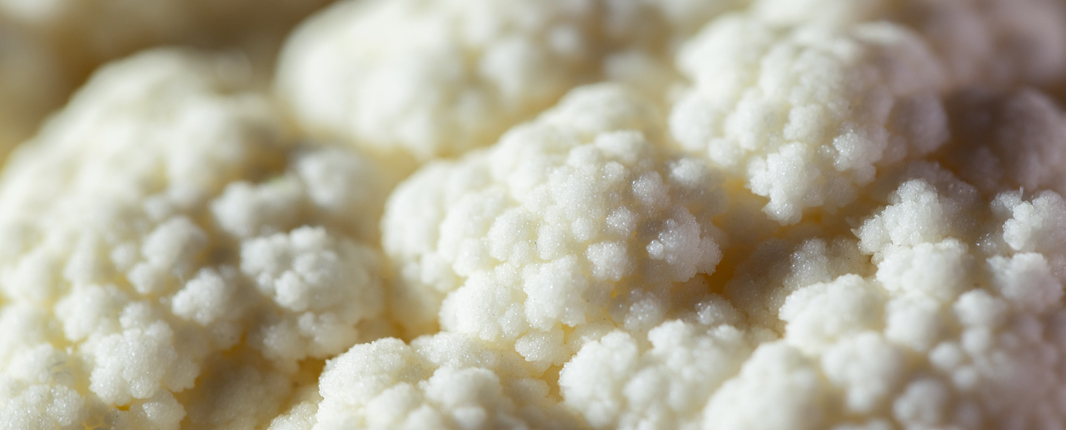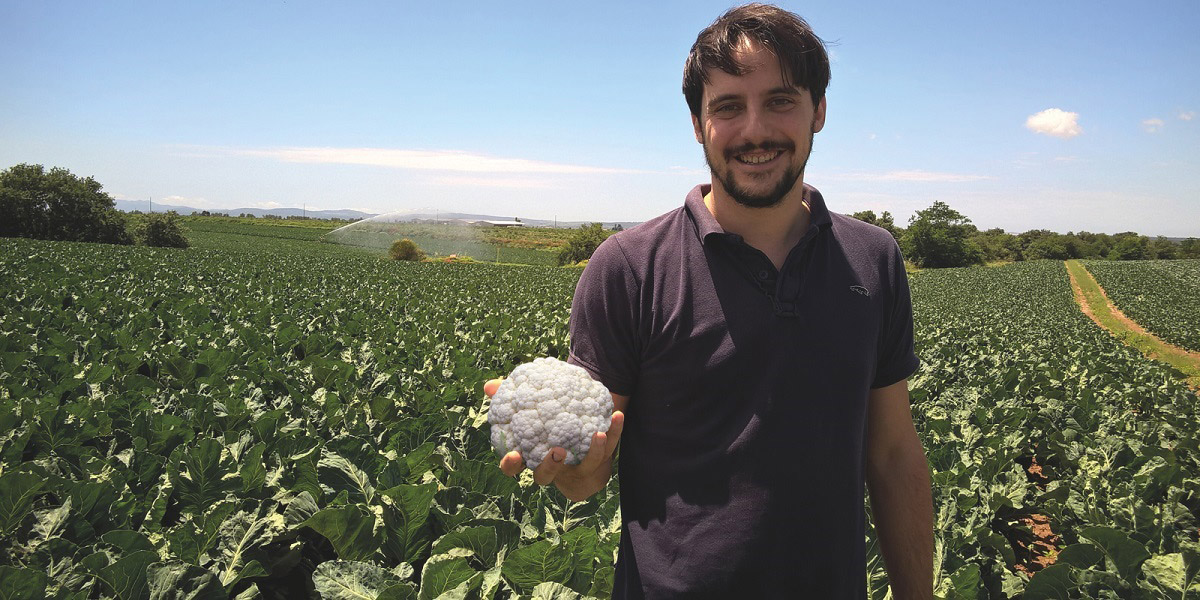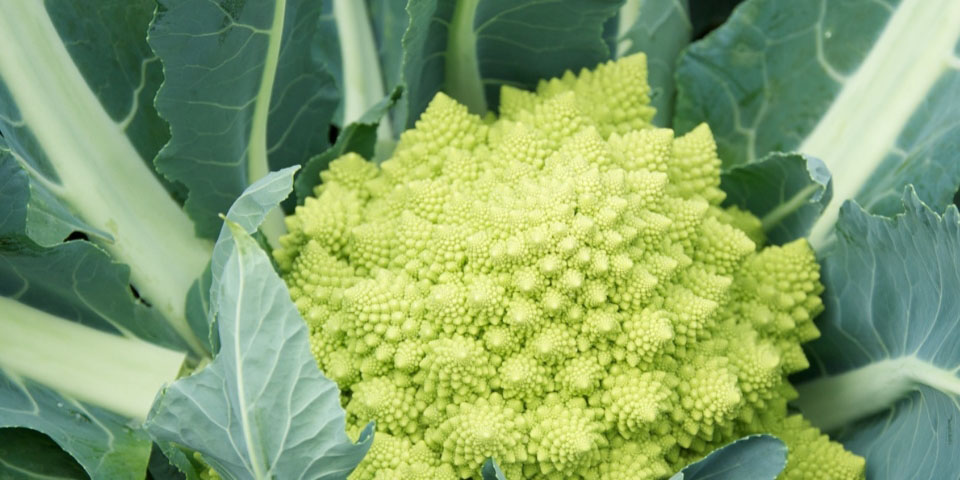
Information

Anyone who still associate cauliflower with little old ladies and lukewarm sauces is hopelessly out of date. Cauliflower is booming. You can make pizza bases with it or grains of “rice”. Or, as a gluten-free alternative to flour, tortillas. Cauliflower is trendy. It is expanding its horizons even further.
Over the years, the cauliflower has become an increasingly common product in many countries, In the past, this cruciferous vegetable was mainly a luxury vegetable in Western countries. Nowadays most families eat cauliflower regularly. We now see this development in many other areas of the world too.

The demand for cauliflower is therefore expected to increase over the coming years. This increased demand is the result of people having more money to spend on vegetables to add to the rice on their menu, but also due to the breeding of the posh white cauliflower.
Until recently, Asia, Africa and South America were not suitable for the cultivation of cauliflower. The reason is the warm climate, causing the crop to go to seed or fail to develop ahead. Plant breeding techniques have produced good varieties suitable for growing in these “difficult” areas.
The specific growing periods is what makes breeding cauliflower so challenging. A cauliflower year consists of different growing seasons. Each growing season, they need one or more different varieties. In addition, growers in certain regions - such as France - opt for varieties with different growth times.
Crop Research Director Jan Draaistra explains: “Some varieties need to be harvested after 200 days. Other varieties need to be harvested after 80 days because otherwise, they will go to seed. Growers in France are unable to till and re-plant the soil after each harvest due to the weather and soil conditions. These growers, therefore, opt for varieties with different successive growing times. During the sowing season, the growers sow all plots of land over a short period. This allows the grower to continue harvesting throughout the season.”

In addition, the cauliflower is a biennial crop. This means that seed production takes two years. That requires careful planning. This makes contact with the different parties as supply chain, breeder, production and sales even more important, This is the only way that we can act quickly and offer flexibility.
People love convenience. This also applies to the large white cauliflowers that people used to buy and then cut into florets themselves. We have since seen a large increase in packets of pre-cut florets.
Add the demand for new methods of processing cauliflower. Such as pizza bases, “rice” and tortillas. Also, there is a tentative increase in demand for niche varieties such as Romanesco. In short, the prospects for cauliflower are looking good. “Of course we are taking these factors into consideration in our product development,” says Crop Research Director Jan Draaistra.

“For example, in addition to the breeding programmes for the conventional white cauliflower, we also have separate programmes for the breeding of the specialities. Also, we have a special breeding programme for the cauliflowers intended for processing. We select different characteristics for these cauliflowers: large heads that are very uniform. We are focusing fully on the future.”